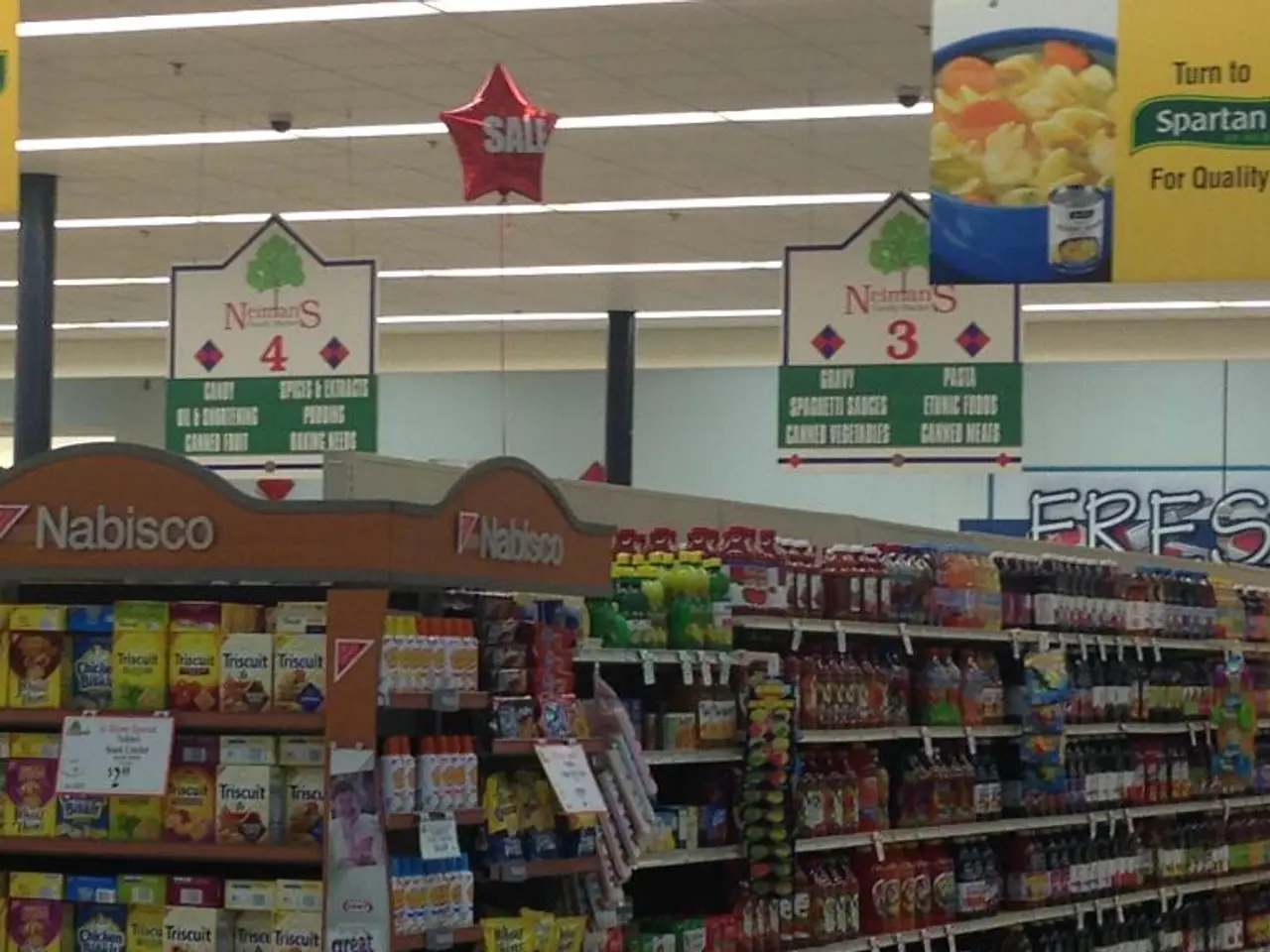Monitoring Freezers: Maintaining Ice Cream's Frozen Perfection
Build a homemade freezer monitoring system using a Raspberry Pi Zero 2 W, DS18B20 temperature sensor, and custom monitoring setup with GoLang, Prometheus, and Grafana. Here's a step-by-step guide to creating your own freezer monitor, as demonstrated by Scott Baker.
Hardware Setup:
- Connect the DS18B20 temperature sensor to the Raspberry Pi Zero 2 W's GPIO interface to measure the freezer's internal temperature. Ensure that you route the sensor wires carefully, avoiding any compromise to the freezer door seal. You can thread the wires under the door seal with electrical tape or drill a small hole (sealing it carefully afterward to prevent cold air leakage).
Software on Raspberry Pi:
- Implement GoLang code to read temperature data from the DS18B20 sensor. Enable the 1-Wire protocol in Raspbian, and access the sensor readings via the file system or a GoLang library.
- Run a custom GoLang service on the Pi to expose the temperature data as metrics compatible with Prometheus.
Data Collection and Monitoring:
- Set up a Prometheus server to scrape temperature metrics from the Raspberry Pi GoLang service at regular intervals.
- Use Prometheus rules and alerts to define conditions (e.g., if temperature rises above a set threshold) and trigger notifications or actions.
Visualization and Alerts:
- Deploy Grafana to visualize historical and real-time temperature data collected by Prometheus.
- Configure Grafana dashboards to display freeze temperature trends.
- Use Grafana alerting features to send notifications (email, mobile push, etc.) based on Prometheus alerts.
Additional Notes:
- Shield and insulate sensor wires to avoid interference or condensation issues.
- Consider local buzzer or other physical alerts on the Pi for immediate warnings even if the network or notification system is down.
- Scott Baker’s project, described in Hackaday articles, shows similar implementation details, including using thin ribbon cables and careful sealing techniques to maintain freezer integrity while adding sensors.
This approach leverages open-source tooling (GoLang for sensor integration, Prometheus for time-series data collection, Grafana for visualization) and the Raspberry Pi’s low power and network capabilities to build a robust DIY freezer monitor with alerting and data retention tailored to your needs.
- Scott uses a daemonizing library from Sergey Yarmonov for the monitoring service.
- Scott sets specific conditions in the Prometheus configuration for alerts.
- The freezer monitor's case was 3D printed.
- Self-building the solution offers benefits such as no closed-source or API cloud service required, ability to log with high fidelity, unlimited data retention, correlation with other data possible, control over alerting criteria, and choice of alerting channels.
[1] Install.md for enabling 1-wire protocol in Raspbian [2] Hackaday article on Scott Baker's freezer monitor project [4] Hackaday article on Scott Baker's DIY freezer
- Remodeling your lifestyle and home-and-garden setup, incorporate a DIY freezer monitoring system built on electronics like the Raspberry Pi Zero 2 W and DS18B20 temperature sensor, utilizing technology such as GoLang, Promethius, and Grafana for an efficient and customized solution.
- To further implement the Raspberry Pi Zero 2 W based freezer monitoring system, you might opt for programming a monitoring setup with GoLang to read temperature data from the DS18B20 sensor, and then exposing the data as metrics compatible with Prometheus.
- Protecting your perishable food items with technology and electronics, consider integrating the Raspberry Pi Zero 2 W freezer monitor into your technology-driven home-and-garden landscape, complete with visualization via Grafana and alerts based on temperature thresholds.




